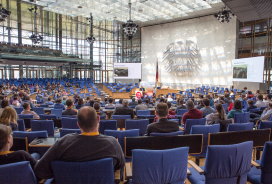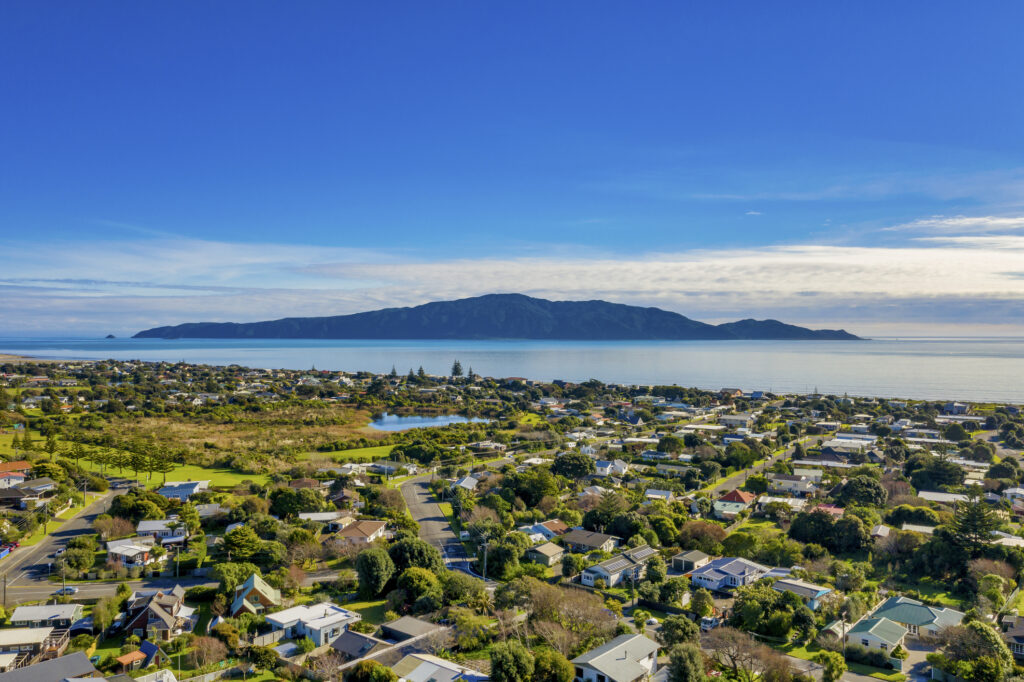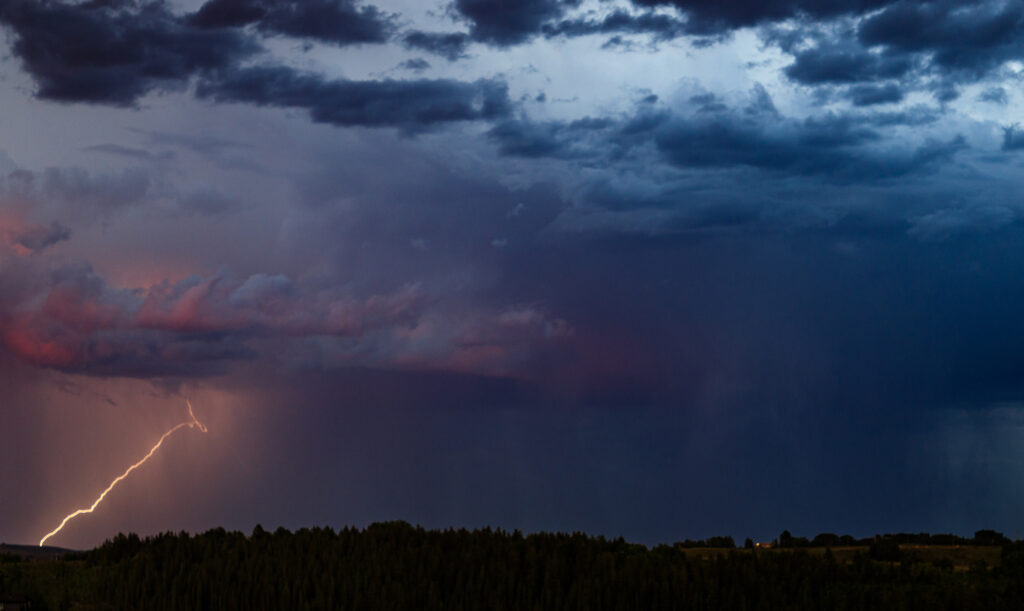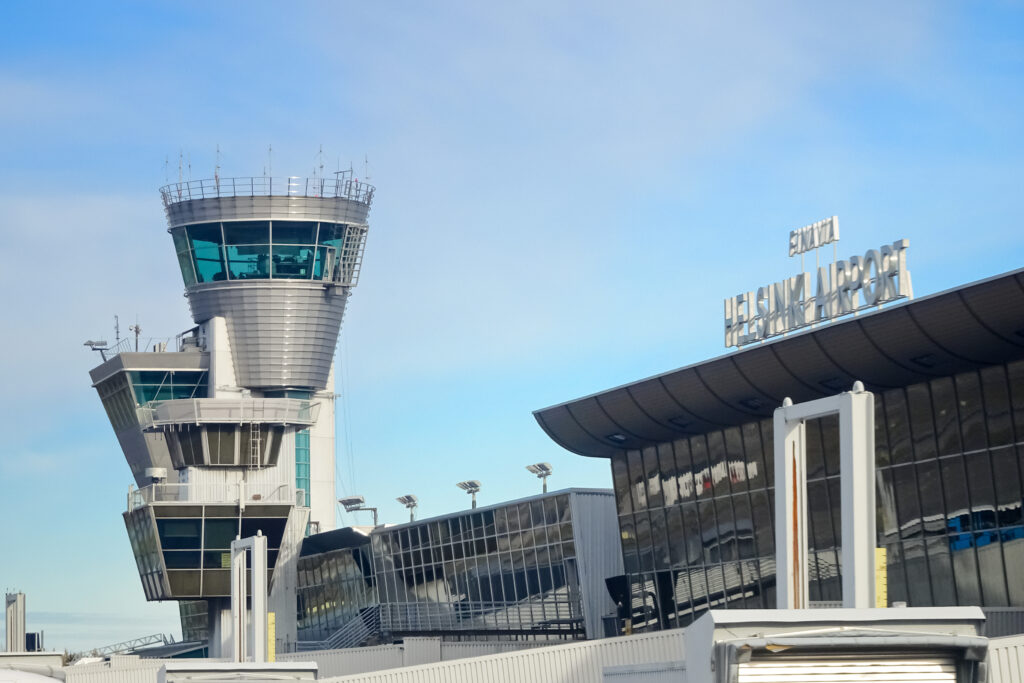Sensor and IoT Devices
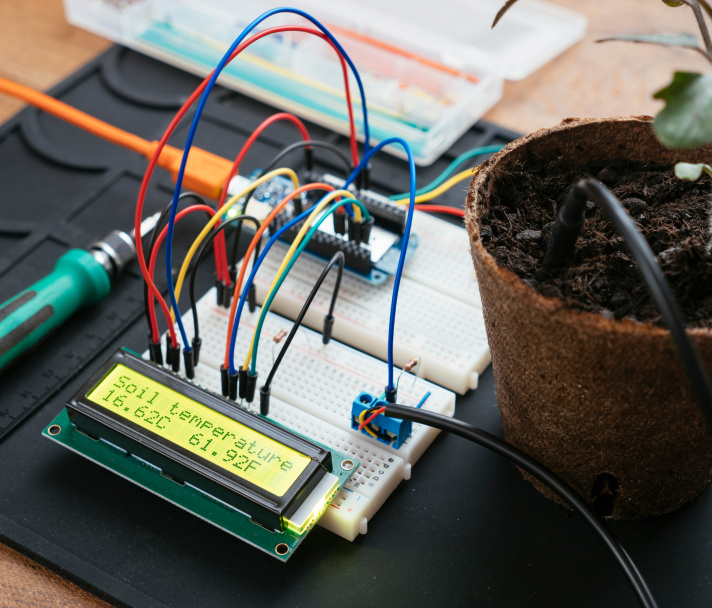
Know sooner and act sooner with FME.
Data Quality
Validate sensor and IoT data to filter out anomalies.
Data Extraction
Easily extract only the data that you need for a specific task.
Data Visualization
Get a better understanding of real-time data by transforming it to 3D.
Data Automation
Save your time by scheduling and automating any existing real-time data workflows.
Data Sharing
Share real-time data with everyone through web services or applications to empower your entire organization.
Community Tools
Utilize the FME Community for simple support and ideas on how to grow your FME understanding.
